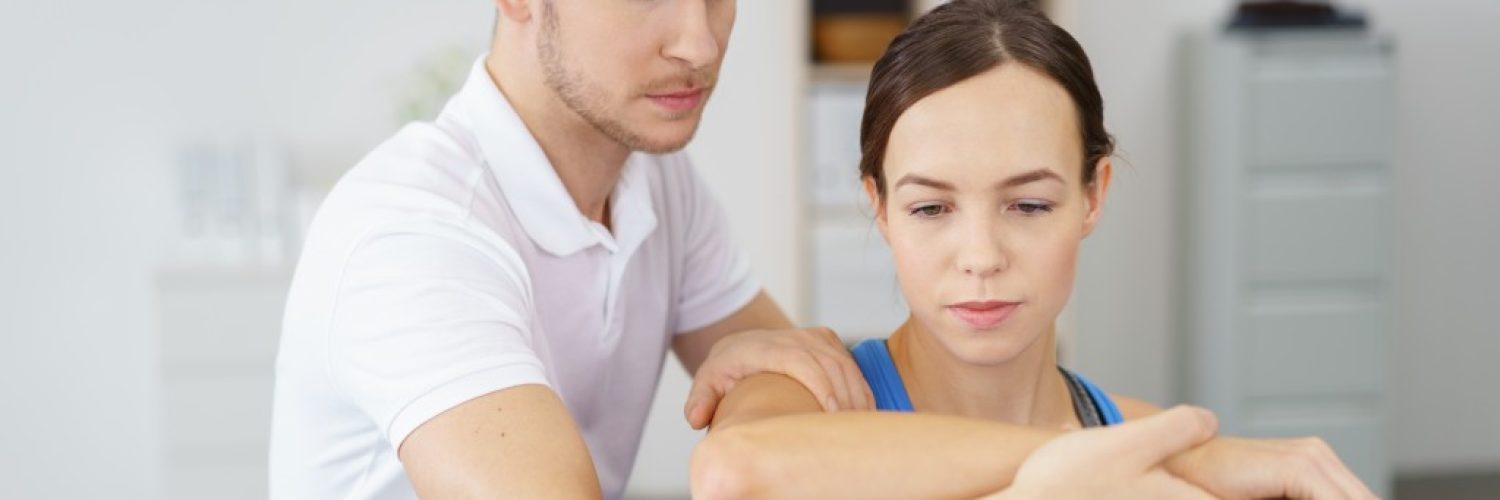With gyms closed and people stuck in their homes, most people turned their homes into fitness centers. The usual excuses for skipping a workout are no longer valid. Only a few steps separate the gym and the office. A packed calendar with meetings and social events no longer exists, with full days of video chats resulting in Zoom fatigue.
The lack of the common roadblocks has made exercising easier to do than before, with some individuals increasing intensity and frequency. However, the sense of achievement and satisfaction after a grueling workout routine can quickly transition to regret with how sore the muscles have become. The muscles on your legs and arms are too tight, which hinders your mobility and function. The pain can carry throughout the day until the day after, leaving you wondering if exercising was a good idea.
Iowa State University professor on exercise physiology, Rick Sharp, assures that muscle soreness after any physical activity is normal. That is because the muscles undergo an increased amount of stress than they’re used to, resulting in microscopic tears to the muscle fibers. It’s how the body becomes stronger as it adapts to the chosen intensity. The body will barely feel sore through time and after many workouts.
In some cases, extended periods of pain can indicate a more serious injury. That is the time when professional help is required for relief because home remedies might make the injury worse. It’s like trying to repair the dent of your car by yourself, too much tinkering without proper knowledge and training will result in the problem becoming bigger.
Even though muscle soreness can be considered a good sign, it doesn’t discount the desire to minimize the pain as much as possible. Individuals can choose to employ the following measures to fast track their recovery:
Heat therapy first before cold
When heat is applied to the problem area, the blood vessels expand, which promotes an increased flow of blood. That brings the necessary nutrients and oxygen for muscles to heal and relax. Heat therapy has been proven to reduce delayed muscle soreness by 47% within 24 hours post-workout. Having warm towels and heating packs ready can save you the trouble with enduring the pain later.
Cold therapy, on the other hand, does the opposite for the body. The low temperature slows the blood flow, which can reduce swelling and inflammation. That is great for when the muscles are on their way to recovery.
Skip the painkillers
It’s tempting to look for a quick fix in the form of painkillers and anti-inflammatory drugs to manage muscle soreness. They might ease the discomfort immediately, but they also prevent the muscles from growing stronger and bigger. The body isn’t given the time and space to heal on its own. According to a study published in Acta Physiologica, individuals who took the maximum dosage of painkillers compromised the potential progress of their resistance program.
Eat food known for its anti-inflammatory properties

Foods rich in the amino acids and antioxidants can help increase the recovery rate from muscle soreness. Some examples are watermelon, pineapple, and ginger. They feed the muscles with the proper nutrition to repair the small tears and replenish energy expended during the workout. Skimping on nutritious food can delay the body’s natural process.
Experiencing sore muscles is a necessary side effect of growing stronger through physical activity. Individuals, however, can choose to employ heat therapy, eat anti-inflammatory food, and avoid painkillers to aid in the body’s healing.

